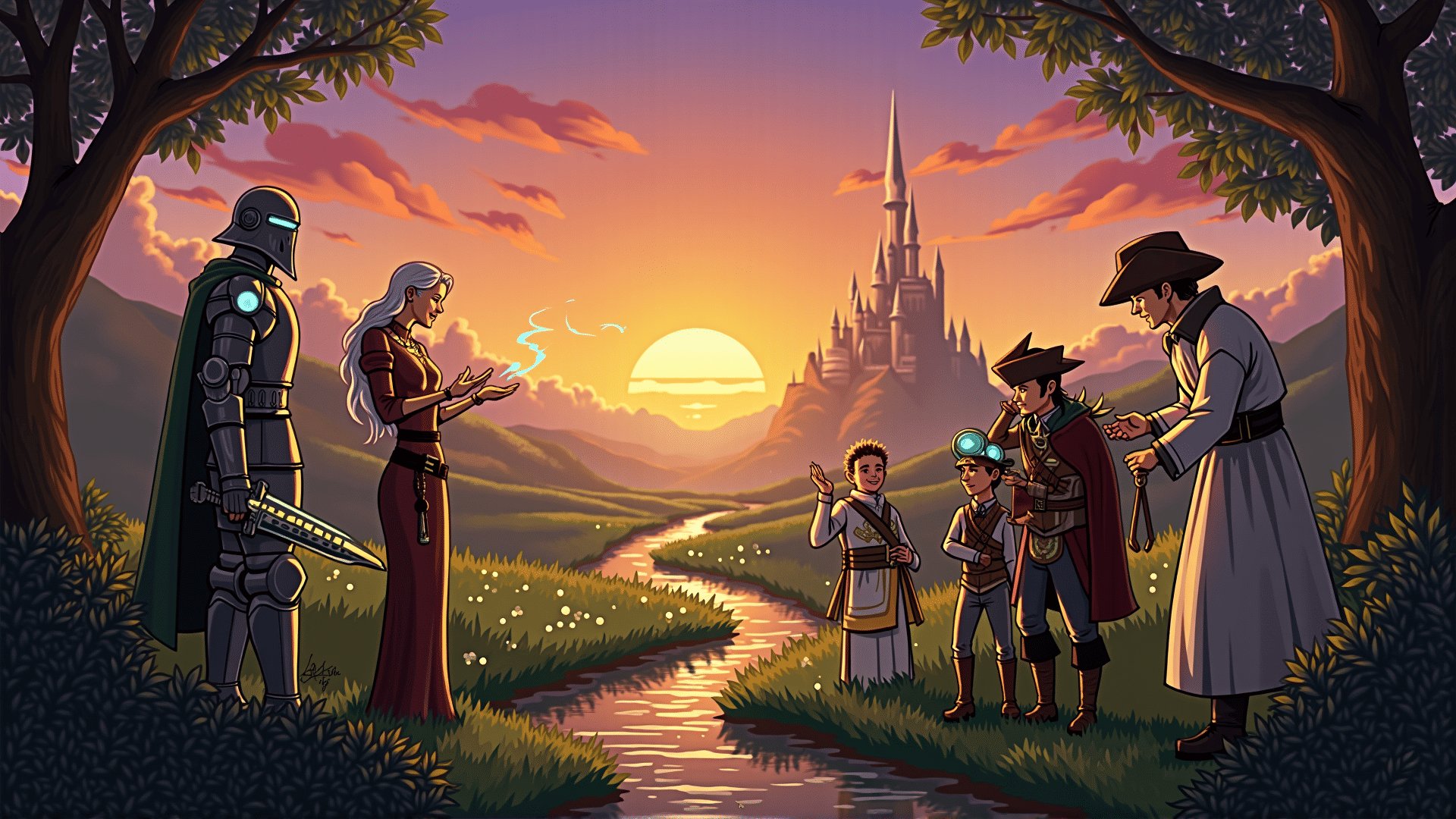In the realm of entertainment, storytelling has always been a powerful force, capable of transporting audiences to worlds beyond their own. With the rise of immersive storylines, the art of storytelling has reached new heights, inviting individuals to dive headfirst into adventures that both captivate and entertain. These narratives are not just tales to be read or watched; they are experiences to be lived.
At the heart of these immersive storylines is the work of world-class storytellers who craft vast, intricate universes filled with rich history, diverse cultures, and complex characters. These creators take great care in developing narratives that offer depth and nuance, ensuring that each journey feels authentic and engaging.
One of the most compelling aspects of immersive storytelling is the ability to engage the audience on multiple sensory levels. With advances in technology, creators now have the tools to construct environments that are not only visually stunning but also deeply interactive. Whether through virtual reality, augmented reality, or other digital platforms, these stories allow audiences to step into the shoes of the protagonist, making choices that can alter the course of the narrative. This active participation bridges the gap between fantasy and reality, making the experience deeply personal and unforgettable.
Moreover, immersive storylines often tackle themes and issues that resonate with contemporary audiences. By weaving social, political, and environmental messages into their narratives, storytellers provide more than mere escapism. They offer a reflective mirror through which audiences can explore and understand their own world and the challenges it faces. This layer of relevance adds a profound dimension to the storytelling experience, provoking thought and discussion long after the adventure has ended.
The appeal of these epic storylines extends across generations and cultures, thanks to the universal themes they explore. From tales of heroism and sacrifice to narratives of love, loss, and redemption, these stories tap into the fundamental aspects of the human experience. They invite audiences to explore the full range of human emotions, fostering empathy and understanding among diverse groups.
In recent years, the collaboration between storytellers and audiences has also become more pronounced. With the rise of fan communities and interactive forums, audiences can contribute to the evolution of these narratives, offering feedback, theories, and even new content. This collaborative storytelling creates a dynamic relationship between creators and audiences, ensuring that the stories remain fresh, relevant, and continually evolving.
In conclusion, immersive storylines represent the future of storytelling, where the boundaries between the audience and the narrative dissolve, allowing for experiences that are as engaging as they are transformative. As technology continues to evolve and world-class storytellers continue to push creative boundaries, the potential for these epic adventures is limitless. They promise not just to entertain but to enrich, offering journeys that resonate deeply with audiences around the globe. Whether through the pages of a book, the pixels on a screen, or the immersive landscapes of virtual worlds, these stories are a testament to the enduring power of the imagination.
